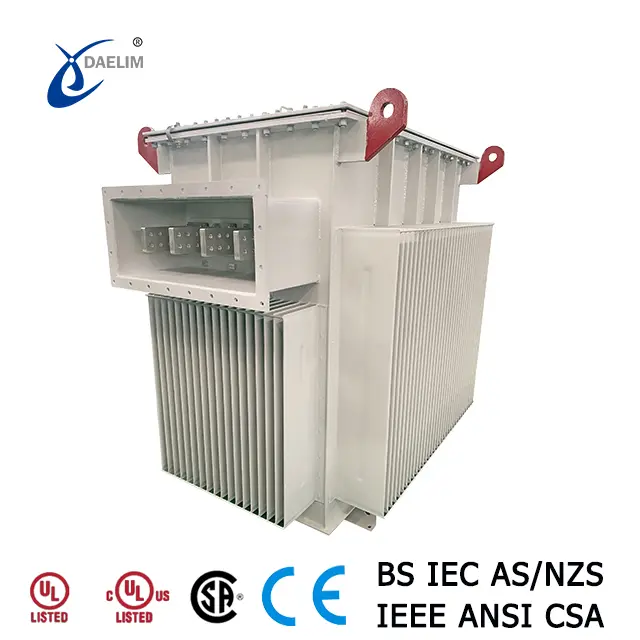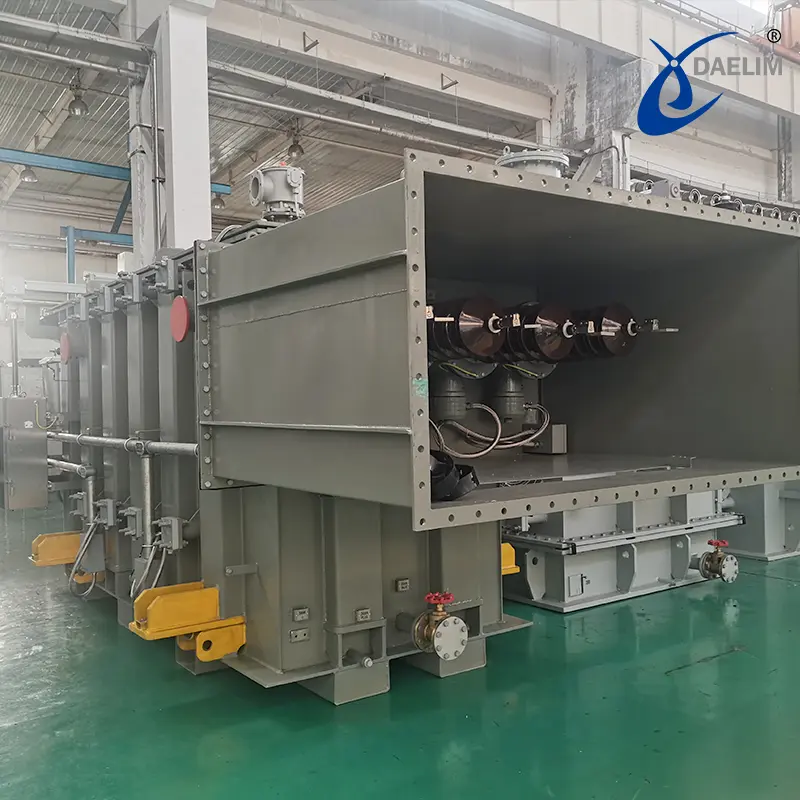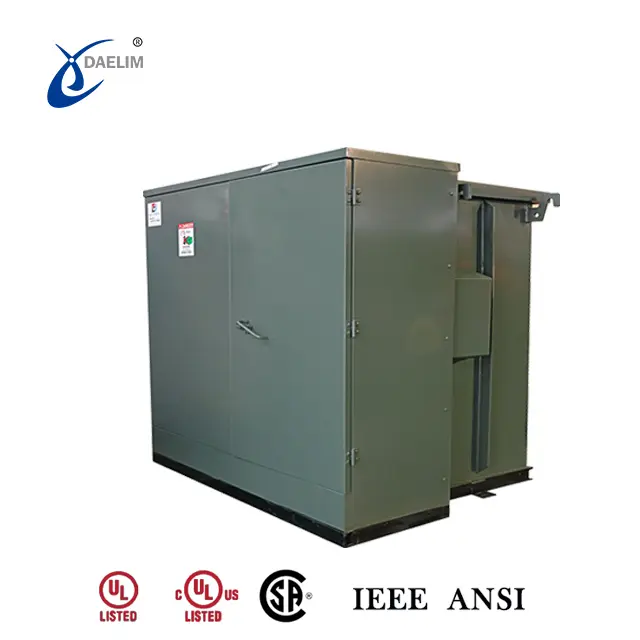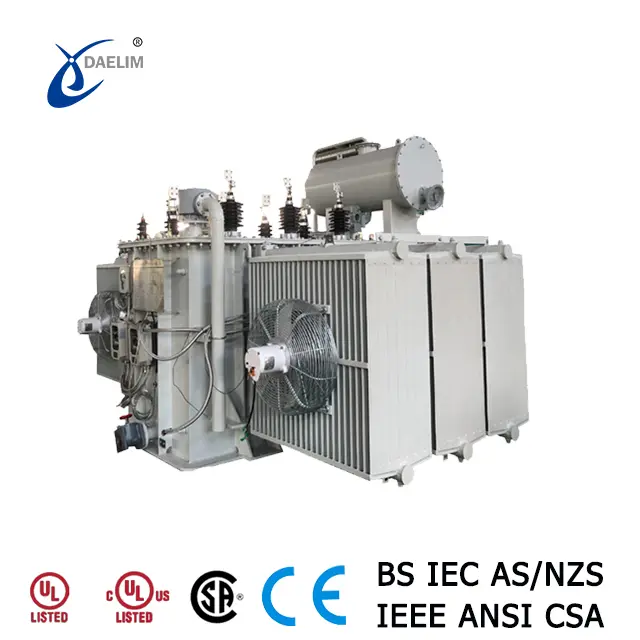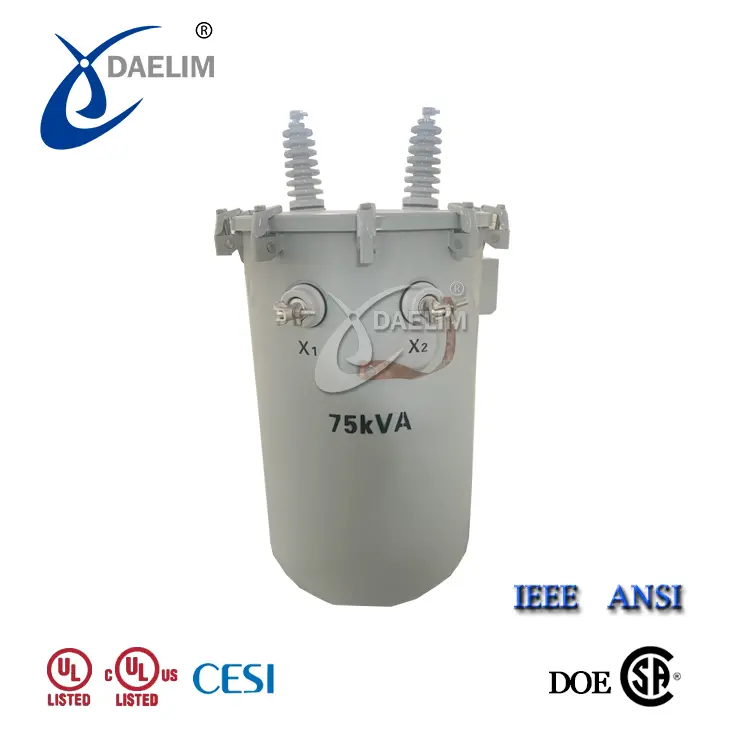The Harm of Outlet Short-Circuit Faults to Power Transformers
Power transformers connect to generator sets, power systems, distribution buses, and user distribution lines via circuit breakers using insulated high-voltage wires, busbars, or high-voltage cables. In actual operation, various secondary-side short-circuit faults occur, significantly reducing loop impedance and generating large short-circuit currents in the primary and secondary windings. The magnitude of this current depends on factors such as the short circuit's location, the phase at the moment of the short circuit, short-circuit impedance, and the system's operation mode, and increases with system short-circuit capacity and transformer capacity.
Due to the inherent action time of circuit breakers and related automatic devices, the short-circuit fault point cannot be removed instantly. Transformers inevitably face impacts from the short-circuit current, which is usually several to dozens of times the rated operating current. The electric power and heat generated by such a large short-circuit current threaten the power transformer's dynamic and thermal stability, potentially causing severe damage and affecting normal operation.
Harm of Electromotive Force Generated by Outlet Short Circuit
During power transformer operation, the winding current creates an electromotive force proportional to the leakage magnetic flux density and the current magnitude, thus proportional to the square of the current. Under normal operation, the electromotive force on the wire is minimal. However, a sudden short circuit generates a short-circuit current dozens of times the normal current, resulting in hundreds to thousands of times the rated electromotive force. This may destabilize and deform the transformer winding, damage insulation, and cause inter-turn or inter-layer short circuits, damaging the transformer. Common destructive effects include winding clamp deformation, upper clamp steel support plate bending, pressure pin support plate detachment, pressure pin bending and displacement, end paper (wood) pressure ring cracking, and lead wood bracket damage. Additionally, winding deformation, inner winding partial bending, outer winding loosening or breakage, axial winding coil deformation, reduced coil oil gap, and pad displacement can occur, leading to insulation breakdown.
Transformers subjected to multiple outlet short-circuit shocks accumulate winding deformations, reducing mechanical and insulation strength. Subsequent overcurrent or overvoltage shocks, even normal ferromagnetic resonance overvoltage, may cause internal insulation breakdown, damaging the transformer.
Harm of Overheating Caused by Outlet Short Circuit
The resistance loss of power transformer windings is proportional to the square of the current and the time it flows, expressed as W=I²Rt. During a short circuit, the short-circuit current is dozens of times the rated value, increasing resistance loss by hundreds of times, significantly increasing core and leakage losses. These losses convert to heat, raising the winding temperature. Due to the short circuit's brief duration, typically only a few seconds (IEC76-5 specifies t=2s), the generated heat does not have time to diffuse outward and instead increases the winding temperature. Regulations allow a maximum winding copper wire temperature of 250℃, starting from a design temperature of 105℃. Reliable and timely transformer protection device and circuit breaker operation usually prevent exceeding thermal stability requirements. However, if relay protection devices fail, prolonged short-circuit current flow can damage the transformer's thermal stability and burn it.
When a power transformer experiences an outlet short circuit, the resulting overheating and electric force cause varying degrees of damage. Technical personnel must analyze and judge based on the short-circuit fault nature, short-circuit current magnitude, distance from the short-circuit point to the outlet, transformer relay protection and automatic device operation, and combustible characteristic gas content from oil chromatography analysis. After tripping, transformers require assessment based on electrical test parameters such as DC resistance, winding deformation, and no-load loss to quickly determine operational viability and formulate repair plans.
Related Products
Related Article
Transforming Global Energy Infrastructure with Large Transformers
Large transformers crucial for global electricity transmission. China leads in eco-friendly, advanced tech. Daelim Transformer excels globally with high-performance units, expanding in North America, meeting rising demand.
Causes and Measures for Abnormal Transformer Temperature
Abnormal transformer temperature can result from internal faults, unopened radiator doors, blocked or leaking respirators, poor transformer structure, and cooling device malfunctions. Measures include identifying faults, opening doors, clearing respirators, installing magnetic isolation, and ensuring cooling device functionality.
Requirements for Transformer Core Grounding Points
Transformer cores must have a single grounding point to prevent floating potentials, short-circuit currents, and overheating. Improper grounding can cause insulation damage, increased iron loss, gas generation, and power interruptions, compromising transformer and grid safety.
Manifestation Characteristics of Transformer Core Grounding Fault
Transformer core grounding faults cause overheating, gas production, and insulation damage. Symptoms include increased hydrocarbons in oil analysis, high grounding current, and visible core burns or discharge marks. Accurate diagnosis requires comprehensive testing, electrical measurements, and visual inspections.
Prevention and Treatment Measures for Transformer Core Grounding Faults
Prevent transformer core grounding faults by ensuring proper insulation, regular current measurements, and chromatographic analysis. Address faults with temporary measures, inspections, and targeted repairs. Emphasize design and manufacturing standards to prevent faults and ensure safe operation.
How to chose Pad Mounted Transformer for Blockchain Projects
Choosing a blockchain transformer involves assessing input/output voltages (e.g., 208V, 240V/415V, 277V/480V) and calculating required kVA. Daelim Transformer offers customized solutions meeting CSA/IEEE standards, supporting North American mining projects with diverse materials, accessories, and expert support for performance and reliability.

